Orchids Care For Beginners
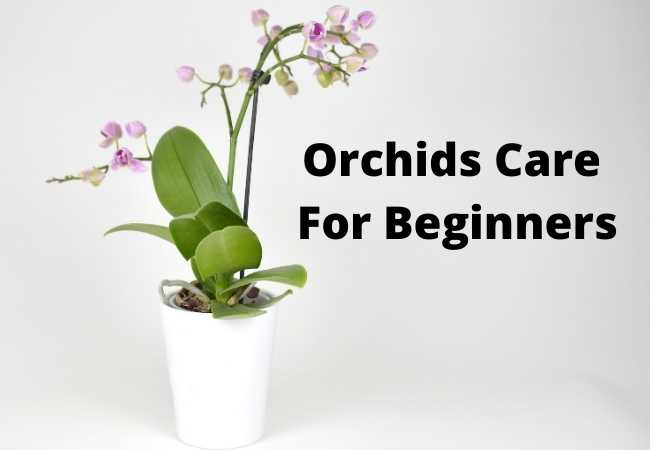
Orchids care for beginners guides and how to grow tips that will help inexperienced people to get gorgeous plants. Orchids produce showy flowers that have different colors including purple, pink, white, yellow, and magenta.
Orchids Care for Beginners
There are different types of orchids including Phalaenopsis or Moth Orchid as well as Oncidium, and Dendrobium. Orchids are great flowers to grow because their blooms last for a long period of up to one to three months.
If given proper care, orchids can bloom twice in a year. This post will provide you with useful information to help you keep your orchid alive and get it to flower.
Soil Mix
Orchids do well in a fast-draining soil mix. There are many different orchid mixes in the market that one can choose from. The soil is often made with either a bark or moss base.
Soils are made with bark as the base drain faster and will require more frequent watering compared to those made with moss as the base.
Planting
Planting Orchids in containers is the most common option. You will rarely find people planting orchids directly in the ground. The plants don’t grow very large and you don’t have to use large containers.
Also, ensure the pot has good drainage to avoid the plant from sitting in water. If your Orchid is allowed to sit in water it will rot and die.
Fertilizing
Fertilizing Orchids is necessary especially when you are trying to stimulate the plant to rebloom. The ideal fertilizer is a balanced fertilizer with a ratio of 20-20-20.
Apply the fertilizer once per week or once per month depending on the variety of your orchid.
Light
The Orchids do well when provided with bright indirect light. The best location to place your orchid is near an east or south-facing window.
Avoid north-facing windows because the plant will not get enough light. Also, avoid west-facing windows because the plant will get to much light.
Temperature
Temperatures play an important role in how your Orchids look. The ideal temperatures for your Orchid range between 60-750 F.
Extreme cold or frost and can damage the plants easily. Hot weather and too much exposure to the sun will also be scorching the plants.
You should also ensure that the plants have good air circulation. If the leaves remain damp for too long, they will be attacked by fungal diseases.
Watering
Watering is one of the issues that most beginners struggle with when caring for orchids. Most people tend to overwater the plant.
Root rot from overwatering is a common problem that both experienced and beginner Orchid owners struggle with. You should avoid soggy soil at all costs because it will kill your plant.
The best way to determine when to water s to test the soil moisture in the soil. If you don’t have a moisture meter, you can test the moisture levels by sticking your finger in the soil.
If you feel the top layers are moist, then don’t water and wait. If you feel no moisture, then give the plant a soaking and water it thoroughly.
In general, in drier areas, Orchids need to be watered more frequently compared to wetter areas.
Humidity
Orchids do well in humidity levels of between 40-60%. You can purchase a humidifier if you live in an area where the humidity levels are lower than 40%.
Misting Orchids are also common for plant owners living in areas where the humidity levels are low.
Diseases/ Pests
The most common diseases for Orchids are fungal. The common diseases include leaf spots, fungal rot, foliar blight, and flower blight. Orchids can also be attacked by bacteria blight which can cause serious damage.
Orchids can also be attacked by caterpillars, aphids, snails, and slugs. Address the problem using pesticides, insecticides, or fungicides depending on what it is.
Pruning
Cutting off dead orchid stems is recommended. After flowering, the bloom dries and falls off. You should cut off the dried stem near the base of the plant.
When it’s time to bloom again, the plant sends out a new stem. Rarely do Orchids bloom on the same stem, so there is no need of keeping it.
Stimulating Orchids to Rebloom
When provided with the right care, orchids will rebloom in about six to nine months. However, some people struggle to get their orchids to rebloom.
If your orchid is taking too long to rebloom, you should check the conditions. It should not be receiving too much or too little water or too much or too little fertilizer. It should also not be in the wrong temperature or too much or too little light.
If you check all these conditions and it still won’t bloom, you should consider shocking it. Don’t water it and also place it in a dark room before repotting it.
Interesting Posts:
Final Thoughts
There are many varieties of Orchids to choose from. These plants are some of the most common house plants. Many people love them because of their beautiful blooms.
Whichever variety you choose, you will get elegant flowers if you give them the proper care. Please share this post on Orchids care for beginners. If you would like to get more posts on flower gardening, don’t forget to follow me on Pinterest.
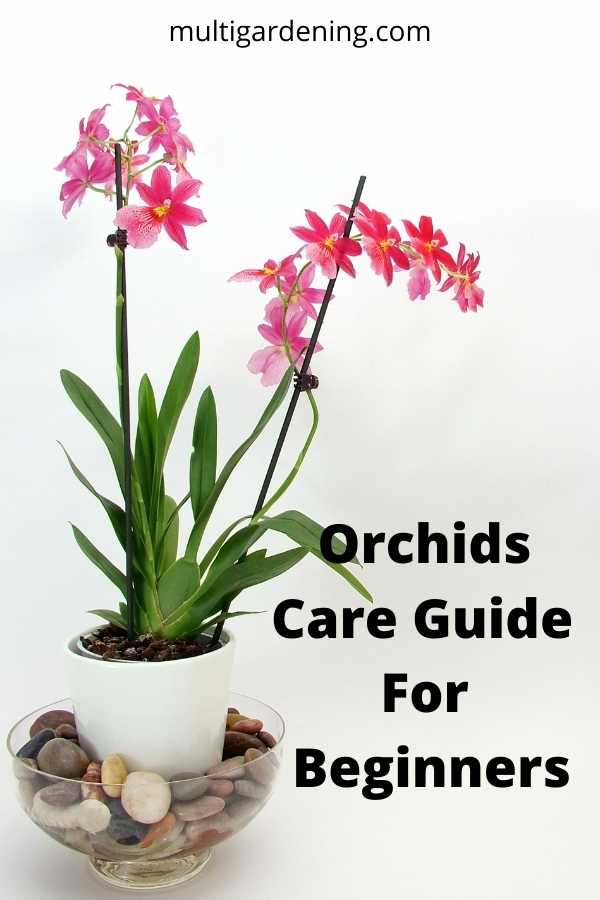


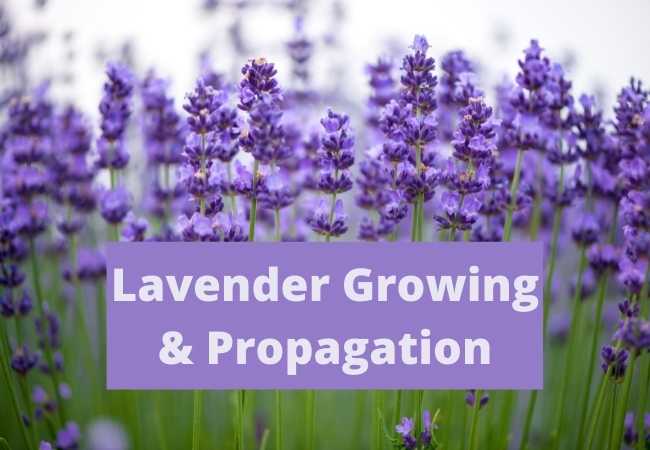
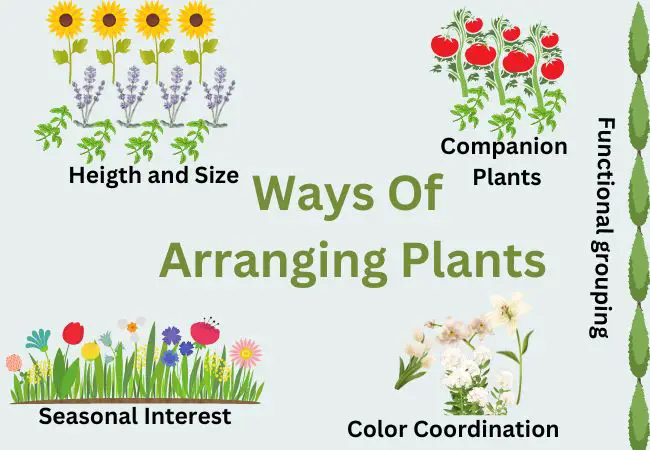
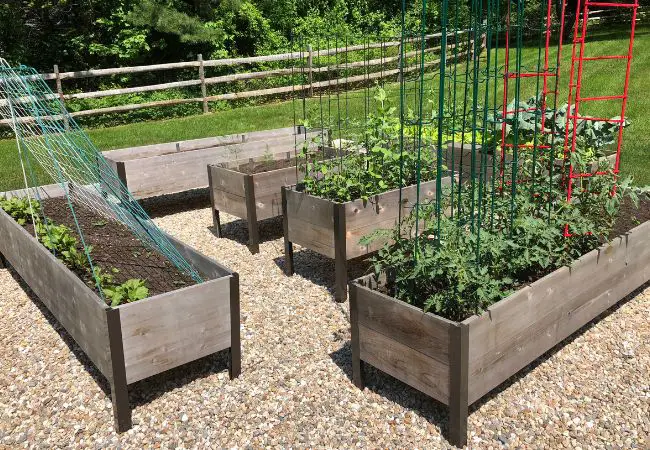

Thank you Ashley, I hope this advice helps me to keep my current orchid plant thriving!